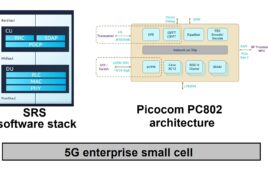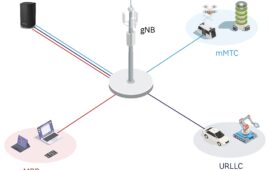Chinese tech giant Huawei and Canadian telecom company Telus this week announced a trial of “Wireless to the Home” 5G service in Vancouver.
The end-to-end trial is based in the “5G Living Lab” — a downtown co-venture between the two companies — and conducted in the homes of Telus employees based in the city.
Officials said the system could provide 5G service similar to fiber networks while helping reduce operator costs and bolster accessibility. Initial trials conducted in December saw download speeds of more than 2 Gbps.
“This trial represents continued progress toward the launch of 5G as we start to replicate both the in-home experience and network footprint we will see when 5G becomes commercially available in the near future,” Telus CTO Ibrahim Gedeon said in a statement.
The latest trials are based on successful 3GPP-compliant millimeter wave 5G tests conducted by the companies last June.
They operate with 800 MHz of bandwidth on 28 GHz spectrum and utilize Massive MIMO, F-OFDM, Polar Code and other technologies. The tests also use a specially-designed 5G Customer Premise Equipment unit and a 5G gNodeB built at the Living Lab.
The companies said the “Wireless to the Home” trial is believed to be the first of its kind in North America and among the first in the world.
“[Millimeter wave] technology will be an important tool in ensuring widespread deployment of 5G technology in Canada,” Huawei Wireless CTO Wen Tong said in the statement. “Huawei’s 5G solutions and terminals will enable 5G coverage over a neighborhood or small community cost-effectively, while providing more convenient and high-speed home broadband internet access services.”



